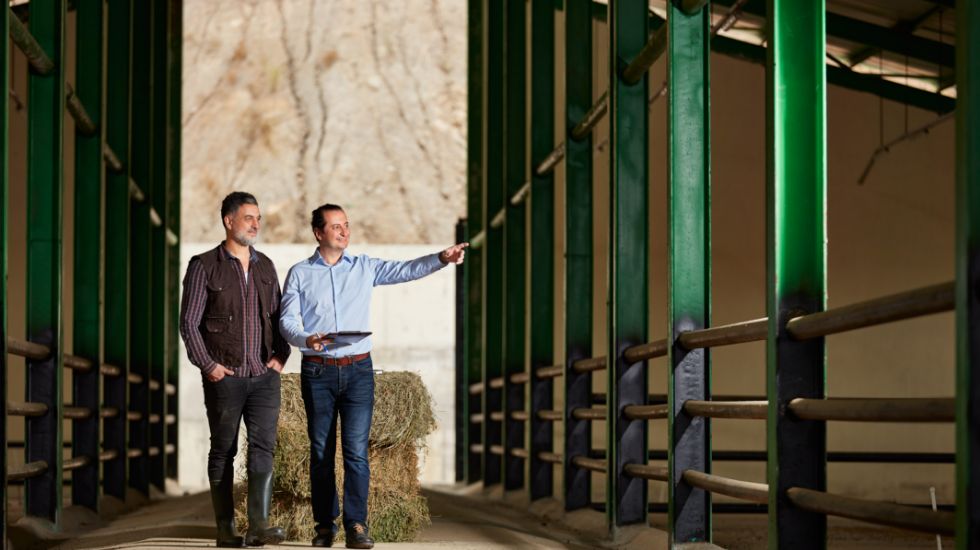The deadlines for when developments will have to deliver net gains for biodiversity are looming. From 12 February 2024, BNG will be compulsory for new planning applications for major development made under the Town and Country Planning Act (TCPA) 1990. From 2 April 2004 it will be mandatory for small developments.
BNG will apply to new applications for planning permission (with some exceptions, as listed below). The Government has stated that “applications made under any other route, for example deemed permissions under section 90 TCPA 1990 or permission granted by a Local Development Order, will not be subject to mandatory BNG yet. Further regulations will be required to modify the procedure for these other routes to planning permission. We will release further information on this in due course.”
You can read further information about the rationale behind introducing BNG in an article here.
What is considered a major development for BNG?
Major development includes residential developments with 10 or more dwellings, or where the site area is greater than 0.5 hectares.
What is considered a small site development for BNG?
Small site development have been split into residential and commercial for the purpose of BNG.
Small site residential development is where there are dwellings of between 1 and 9, or if the site area is less than 0.5 hectares.
Small site commercial development is where the floor space created is less than 1,000 square metres or the total site area is less than 1 hectare.
Are there any exemptions to BNG?
There are a range of specific exemptions and transitional arrangements for BNG. These include:
- Development below a de minimis threshold – broadly speaking, this applies to developments that do not impact a priority habitat and impact less than 25 square metres of non-priority onsite habitat such as modified grassland or 5m for non-priority onsite linear habitats, such as native hedgerows. Further information on this exemption is available in the planning practice guidance
- Householder Development – this applies to development to (or within the curtilage of) an existing dwelling, for example adding a side extension, loft conversion or additional storeys. It does not cover applications for change of use of a house or to change the number of dwelling units within a building
- Biodiversity Gain Sites – this applies to “developments which solely enhance biodiversity to achieve the BNG planning condition for another development through off site enhancements of habitat or development undertaken to fulfil the BNG planning condition and for the purpose of permitting the public to access or to use the site for educational or recreational purposes without the payment of a fee”(Source: Defra)
- Small scale self-build and custom housebuilding – this applies to small scale self and custom build development that consists of no more than 9 dwellings; is carried out on a site which has an area no larger than 0.5 hectares; and consists exclusively of dwellings which are self-build or custom housebuilding as defined in section 1(A1) of the Self-build and Custom Housebuilding Act 2015. Given the wording of this exemption (i.e. that it must be on a site which is small scale and exclusively self-build or custom dwellings), in order to benefit from it at present, it will be necessary to submit a separate stand-alone application for this type of development. It is not yet known whether this requirement may be developed further so that applicants can benefit from the exemption where part of a wider site meets the criteria for the exemption in its own right. The inter-relationship between custom build plots and open market units is often an important financial consideration for many developers of mixed provision sites
- The final exemption relates to any development forming part of, or ancillary to, the high speed railway network comprising connections between all or any of the places or parts of the network identified in s.1(2) of the High Speed Rail (Preparation) Act 2013 [https://www.legislation.gov.uk/ukpga/2013/31/section/1], being those connecting at least London, Birmingham, the East Midlands, Sheffield, Leeds and Manchester, with the existing transport network
Are the BNG requirements retrospective?
The Government has stated that BNG will only apply for planning applications made (i.e. submitted) on or after 12 February 2024 for major developments and 2 April 2024 for small site developments. It has put transitional arrangements in place so that BNG will not apply to a planning application if it was made before these dates.
This also means that s73 applications submitted after the relevant date to vary planning condition(s) on a planning permission which was granted before the 12 February 2024 (in relation to a major development) or 2 April 2024 (in relation to small sites), will also be exempt from BNG (if granted under section 73).
If you have any questions about the topics raised in this article then please get in touch.

